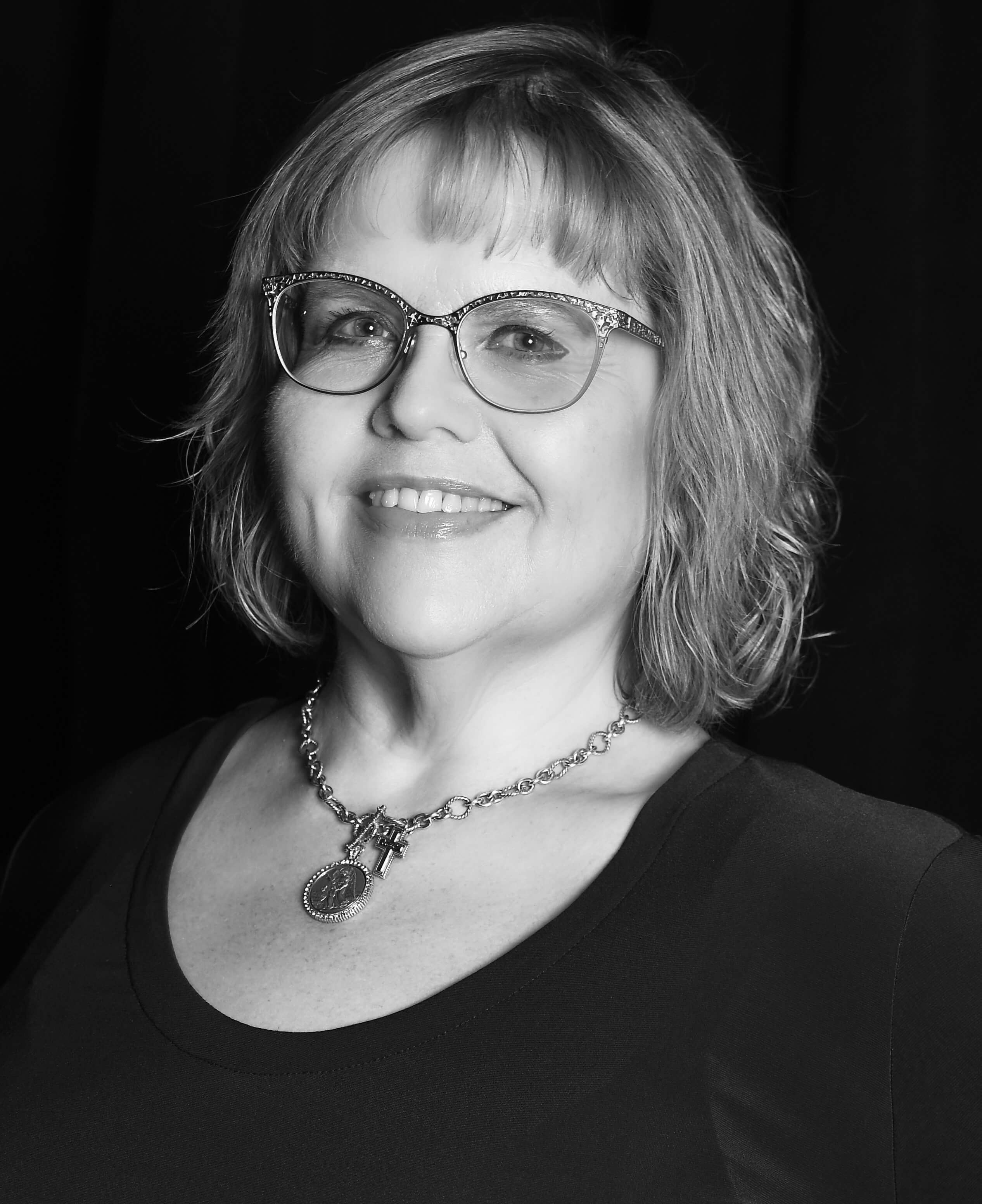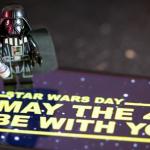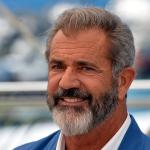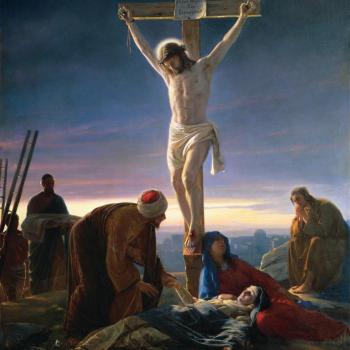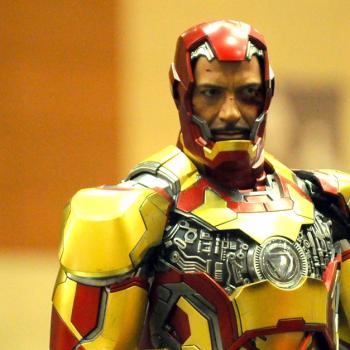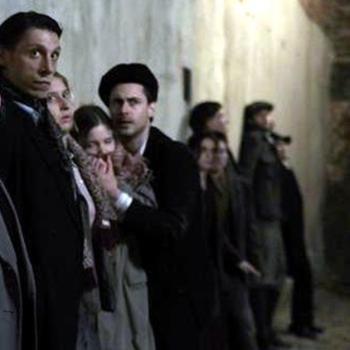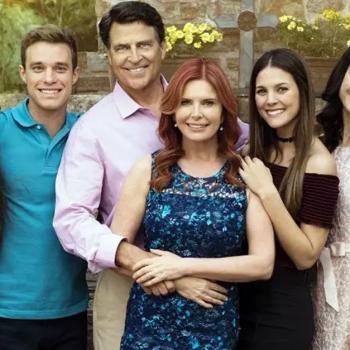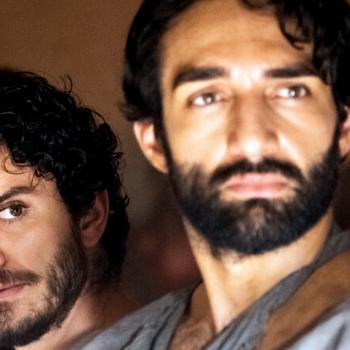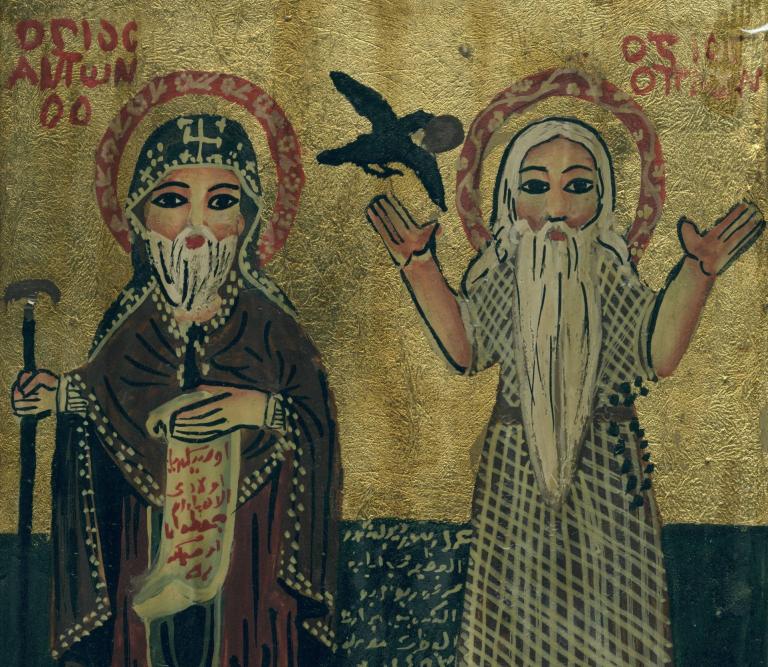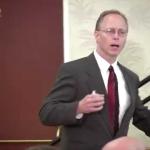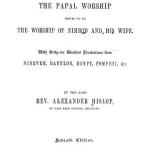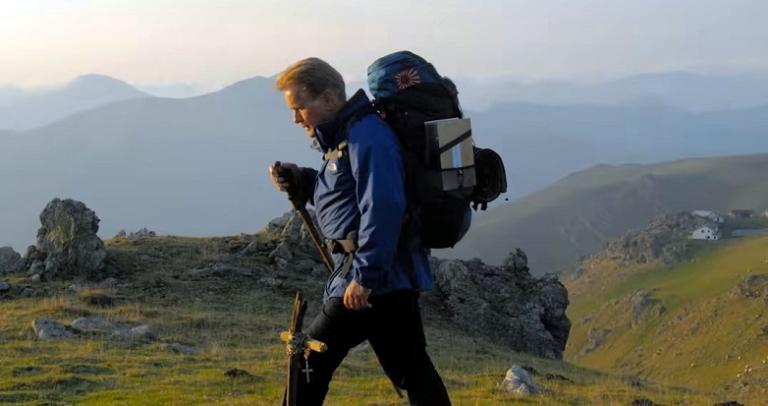
On May 16, The Way, writer/director Emilio Estevez’ 2010 film starring his father, Martin Sheen, returns to theaters as a Fathom Event. It’s paving the way, if you will, for a planned sequel.
What Is The Way About?
The film follows American ophthalmologist Dr. Tom Avery to France and Spain, as he walks the Camino de Santiago, a traditional pilgrimage route. It ultimately ends at the shrine of the Apostle St. James the Great, at the Cathedral of Santiago de Compostela in Galicia, in Northwest Spain.
The walk is also known as The Way of St. James, hence the film’s title.
Tom’s estranged son, Daniel (Estevez) died in the Pyrenees while walking the route. Tom has his son cremated then carries the ashes on his own pilgrimage.
A generally lapsed Catholic, Tom encounters other pilgrims along the way. Aside from an elderly American priest, none seems to be walking the route for its original intent, as a Catholic pilgrimage. They have more personal or secular reasons for making the walk, which is the case with many who go on the Camino today.
While Sheen — who is half Galician Spaniard and half Tipperary Irish — returned to his Catholic faith and remains enthusiastically devout (I’ve seen him at Mass occasionally), Estevez remains undeclared, but he’s thinking about it.
Talking to Emilio Estevez
Here are some highlights of the conversation (edited for length and clarity).
How The Way began:
We were inspired by a lot of different reasons. One is that my son lived in Spain for nine years. In 2003, he was on pilgrimage with my dad, albeit by car. They were on hiatus during The West Wing, and they had a very short period of time to experience the Camino.
My son was with him working as his assistant. My son meets a gal, comes back to the United States and says, “I’m moving to Spain.” He had, in fact, fallen in love. He marries her in 2009. They now have a child, my granddaughter.
My dad wanted to be in Spain and make a movie there and explore the Camino, because his father is from Galicia and was born about 50 miles from Santiago de Compostela. So he was intrigued by the idea of not only revisiting where his father’s from, but also the possibility of making a film there.
So we were inspired by my son, my grandfather, and my dad. But the burden fell on me to write and direct and sort of create this piece of entertainment, this art.
It wasn’t the easiest thing in the world, because you can imagine, you know, live in L.A. and I’m sure you bump into all sorts of film people, executives, and whatnot. And imagine 12 years ago trying to pitch a movie like this to an executive in Hollywood and literally watching them glaze over.
hen you’re going to make a movie about people walking in Spain, pilgrimage, it’s a Catholic, it’s a Christian. No, no, we don’t do that. And so we had to figure out a way to go do it ourselves.
Why he’s returning to The Way and Camino after 13 years:
I believe that coming out of the pandemic, the movie is more relevant. It’s more necessary.
The film is about grief, it’s about loss, and certainly haven’t we just gone through a ton of loss and a ton of grief? And I think that we’re still processing it.
In many ways, because we’re living in such a fast-moving culture, and we’re all so-called connected through the social media, we’re more disconnected than ever.
There’s an opportunity with this film to explore what it means to connect with people who are maybe not in line with our thinking, maybe not on the same journey. Yet we’re all on the same journey because it’s called life, and none of us get out of here alive. We’re all going to the same place.
So the idea that this movie is finding a new audience and getting this reboot and renewal through Fathom Events is a gift not only to me, but to people who really need to figure out how to get past and move on through this period of mourning.
What makes The Way different from a lot of contemporary films:
The movie’s not escapism. Most of our entertainment these days really tucks into escapism. And that’s not this film.
This movie is about human beings struggling to know what it is to be human and to be broken and to be imperfect. And that is kind of what the film celebrates.
It celebrates our imperfections, and it celebrates the fact that we need to be OK with exactly where we are and who we are, even if it means we’re broken. And even if it looks obvious to everyone else, it’s OK. It’s OK to be imperfect.
What the Camino — an actual, not virtual, experience — offers:
It’s immersive, and it is an immersive experience that requires work. That is sort of the biggest lesson you get out of this, is that you commit, you buy your ticket, and you go to Spain, and you start in Saint-Jean-Pied-de-Port, and you walk 500 miles.
And the lessons that you learn and the people that you bump into are sometimes people that you wouldn’t necessarily ever want to break bread with or sleep next to in a bunk bed. And yet, here you are, and here’s where you find yourself.
And some of the people that we don’t want to have anything to do with, aren’t some of them … the ones that teach us the greatest lessons about ourselves?
What the Camino offers to Tom:
He goes over there reluctantly, but he goes over there on a mission. He has no idea what the Camino is. Yet his son died on the… He says, “OK, well what was he doing out here? And why would he be out here? Yes, I understand he was a world traveler and he wanted to experience life, but I don’t get this.”
He still doesn’t get it when he has the body cremated. He thinks he’s doing is he’s going to do the Camino in his son’s place, but that’s not really what happens. He does it for himself, but he doesn’t realize it that he’s doing it for himself until he’s halfway through the journey.
That’s kind of where the movie lives is in Tom’s transformation and the people that he meets along the way. And the fact that he realizes that no one walks alone, that he has to have community. And yet he doesn’t know what community looks like until he’s on pilgrimage.
And, where is the sequel going?
The sequel, it spans across five different countries. And we arrive back in Spain, but not before leaving Nigeria and Dublin and Amsterdam.
And Paris. And so we traveled all these different European cities and then ended up back in Spain.
Rick Steves Joins the Fathom Event
The Fathom release of The Way also includes a chat among Sheen, Estevez and travel writer/TV personality Rick Steves, a Lutheran. In an article at LivingLutheran.org, Steve said:
I’m a Lutheran because it fits my personality—pack light; keep it simple; embrace life; celebrate diversity; jettison needless rules; stand up to authority when the truth needs a hand; and dance through the blessing of life on Earth like a child in God’s eyes.
Here’s to hoping their conversation isn’t just about the Camino as some kind of travel experience, which, sadly, it has become for many. But, when you go on a journey, you never know what will happen along the way.
Find tickets for The Way here.
Images: Courtesy The Way
Don’t miss a thing: Subscribe to all that I write at Authory.com/KateOHare


